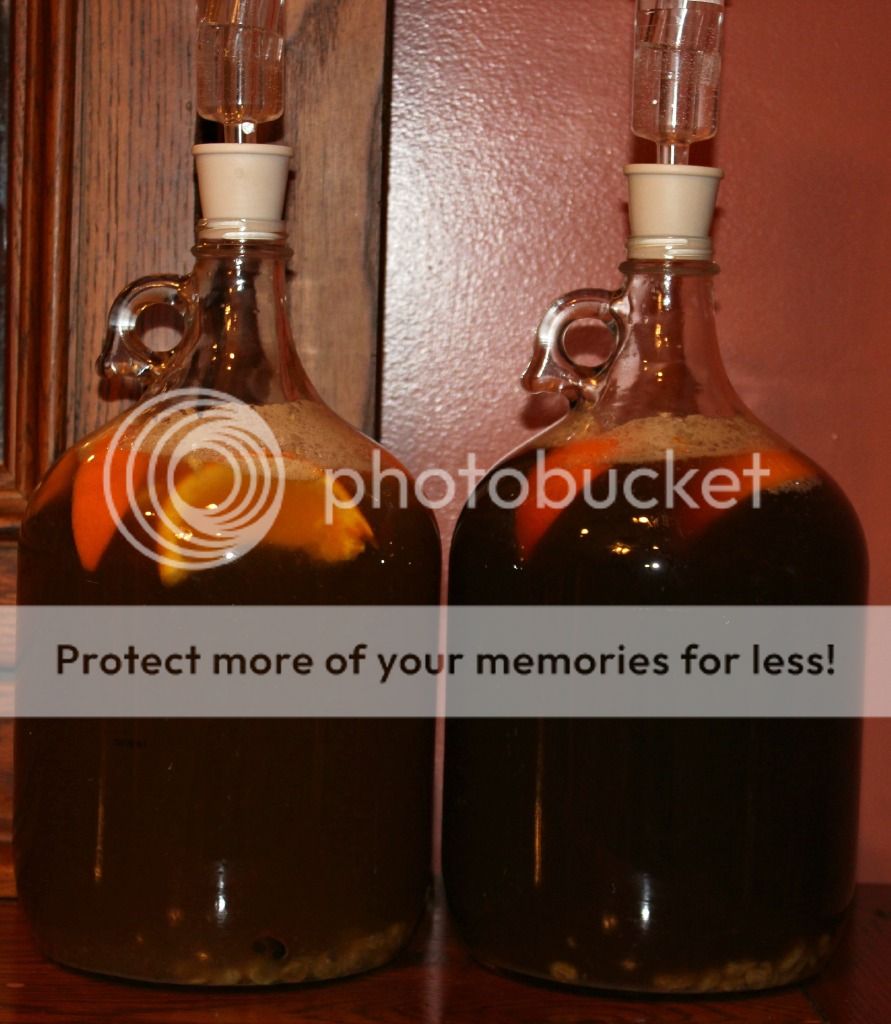Thanks Guys, I have fresh bread yeast here as well so you suggest I use that instead?
I dont want this to turn out dry.
One of the chaps on the Winesathome forums used "fresh" yeast last month to make a batch (but as it's still gonna be very young and fermenting, I can't ask him for any info about it).
I can see no reason why there could be a problem with it.
As far as I can recall, Joes comment in the original JAO recipe said about only using "normal" bread yeast, as the fast acting stuff ferments really quickly and can cause eruptions very easily in the early stages of the ferment i.e. it is developed and chosen to produce CO2 very quickly to raise the bread faster.
So normal fresh yeast should be fine.
well its done I'm waiting for it to come down to room temp then pitch the "bread yeast" it will be good I have faith!
Ah, well I don't even use hot water to mix my batches. I use luke warm water and mix the honey/water with a sanitised electric balloon whisk. That way I don't have to worry about shaking the hell out of a heavy(ish) glass container full, to try and aerate it. The whisk does that for me, then if I'm using a carboy to ferment it in, I just use a funnel to pour it in.
Good on yer though. It should work fine.....
Further to my suggestion of not going for EC-1118. Julie pointed out an additional reason that why it might not be as suitable as some would suggest (don't get me wrong, it's not bad, but there's better yeast strains/types to use) and it's possible use.
Now it's not just EC-1118 that people rave about, when (IMO) it's not as good as other types. A lot of people get recommended to use D47, which again, isn't a bad yeast to use, but it has a different problem. I could use it easily here, as we don't get the temps often found, during the summer in continental North America, so it's easy for me to maintain a lower fermentation temp. If you looked up the info in the
Lallemand yeast chart, you may notice, that D47 has quite a narrow temperature range.
Which is fine if you can maintain 70F/21C or lower for it's fermentation, but if you can't, it's known to produce a lot of fusels, and the batch can end up tasting very "chemically". A small amount of fusel alcohol can mellow with aging, but often it needs extended aging and even then, there's no guarantee that it will mellow out.
There are a number of yeasts that are known to produce good meads, that are like the other ones commonly used i.e. low nutrient requirements, low H2S producing, wide temperature range, etc etc etc. Personally I like D21 and K1V-1116, as both seem to be good at producing successful, nice tasting batches.
Hell even bread yeast is pretty good and if you made a batch of traditional mead, but with the usual nutrient levels, early stage aeration, etc etc, you can get a batch that will go to 12% ABV without much difficulty.









